A new way of reprogramming the body’s immune cells to seek out and eliminate cancer cells, acting as an internal cancer therapy.
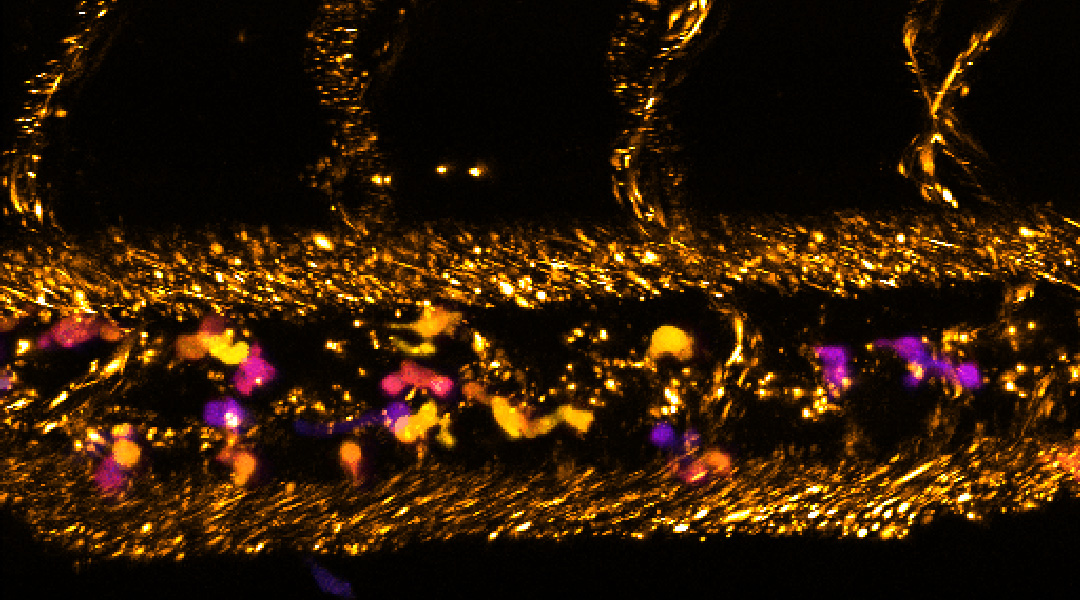

A new way of reprogramming the body’s immune cells to seek out and eliminate cancer cells, acting as an internal cancer therapy.
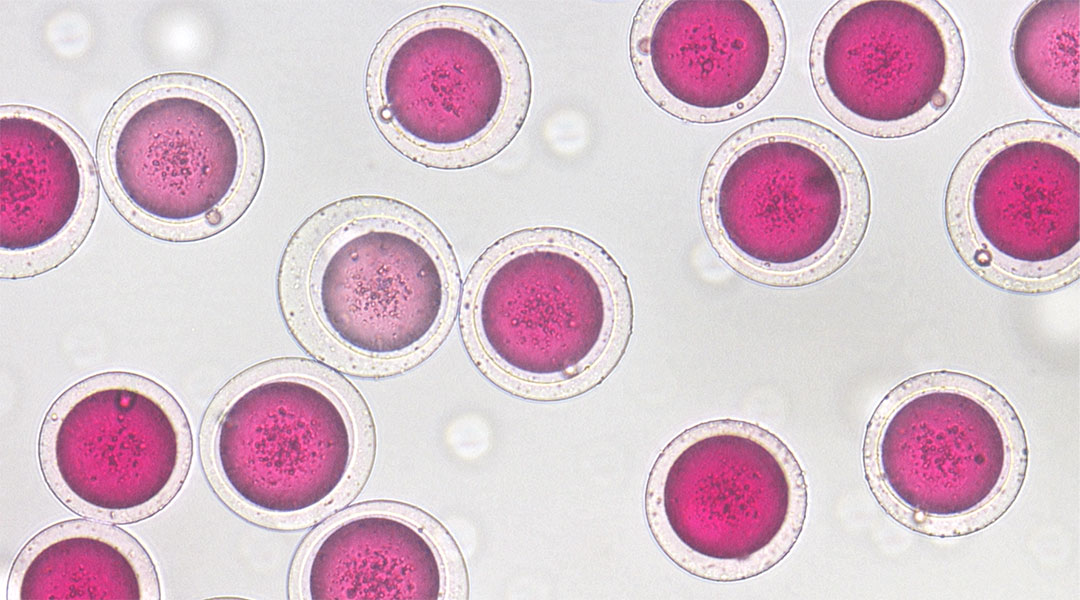
Check out atomic glimpses of graphene ribbons, double bubble microspheres, and a solar evaporator made from bone.
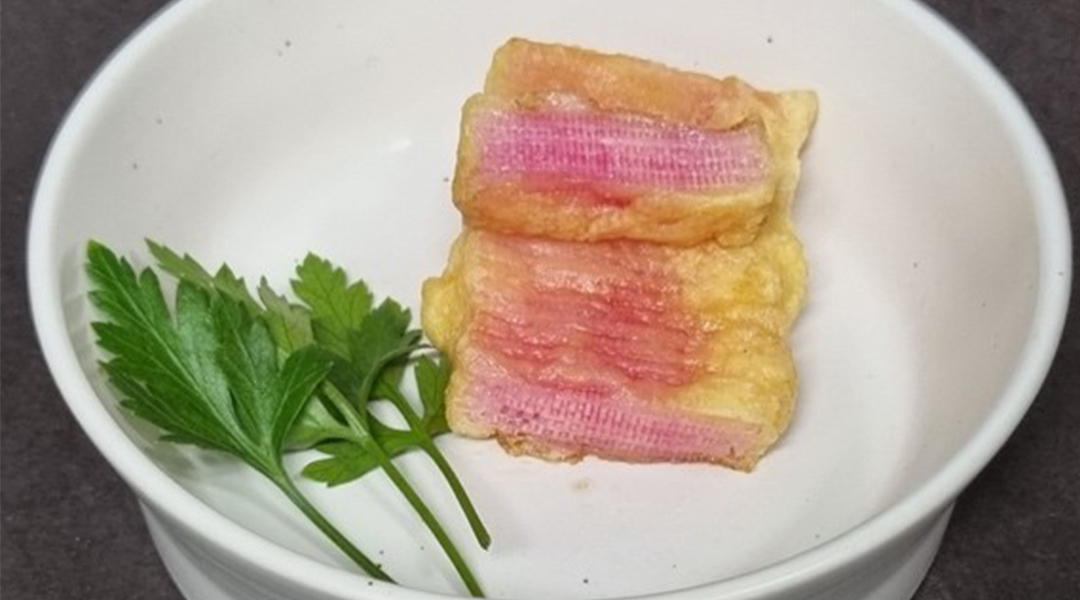
Making lab-grown meat with a new 3D-printing strategy that combines fat and muscle cells to make the perfect, artificial steak.
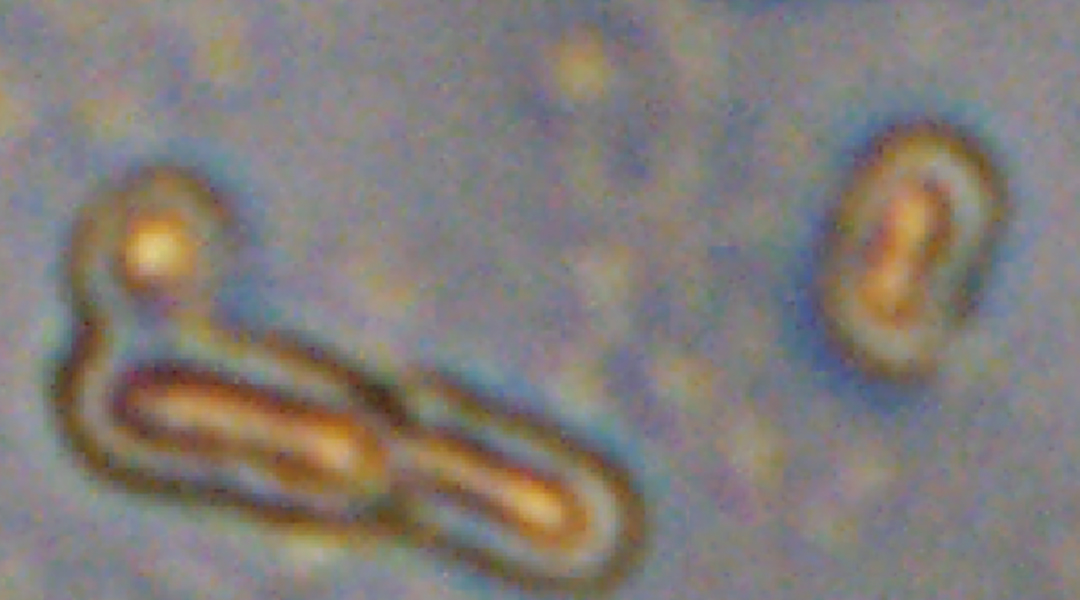
Implants containing cyanobacteria help produce oxygen within heart tissue to repair damage done after a heart attack.
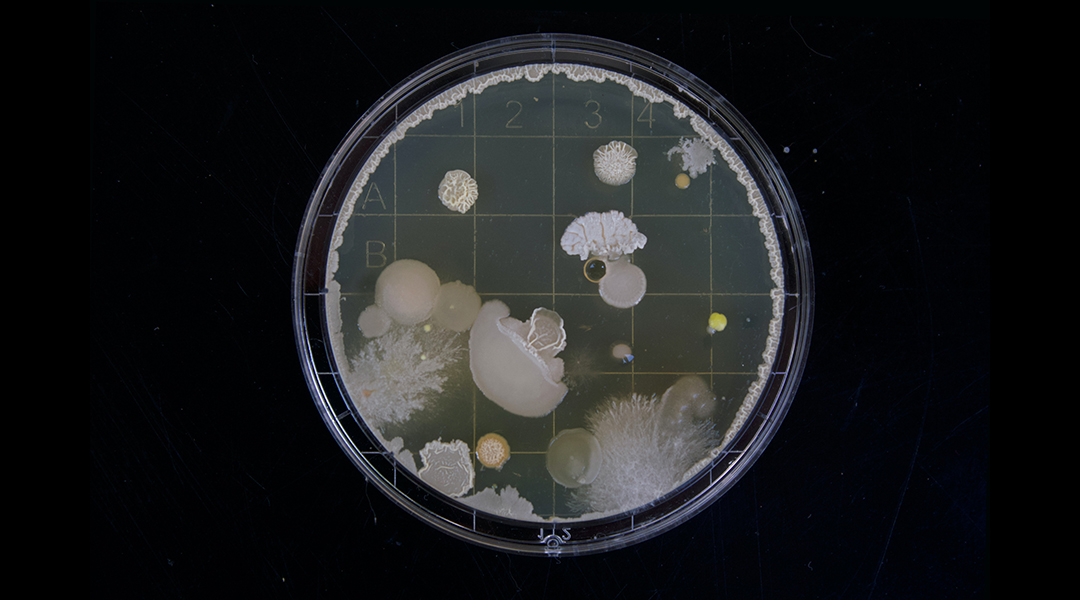
A selective weapon that can be remotely controlled to kill bacteria independently or in concert with current antibiotic approaches.
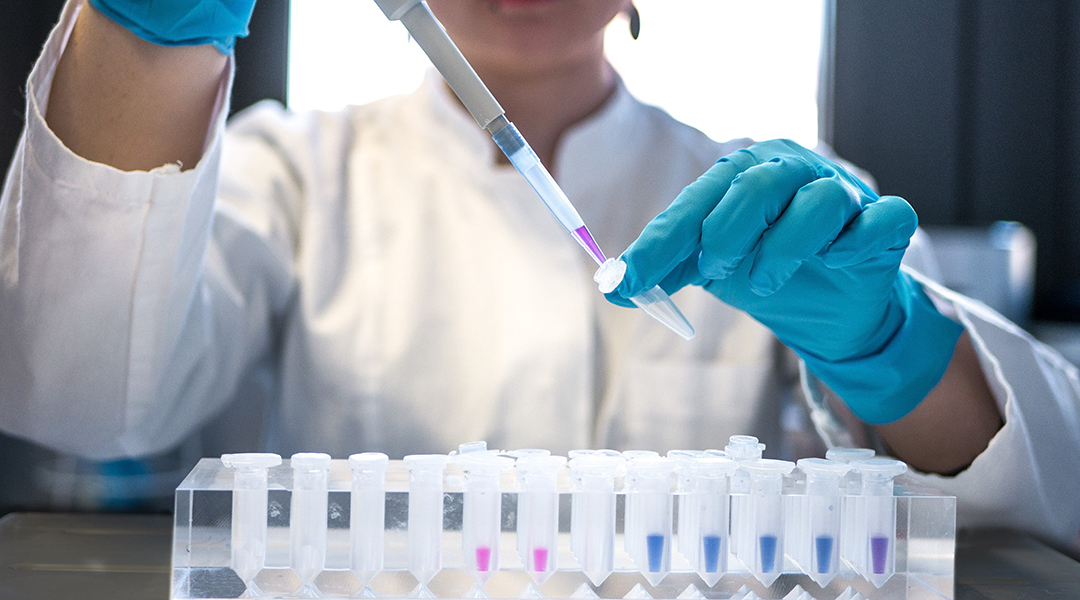
Clumping proteins act as vaccine adjuvants, activating immune signalling pathways triggered by cell stress.

The new sensors reliably and uniformly detected molecular signals, and their performance remained intact when tested again after two and a half months.
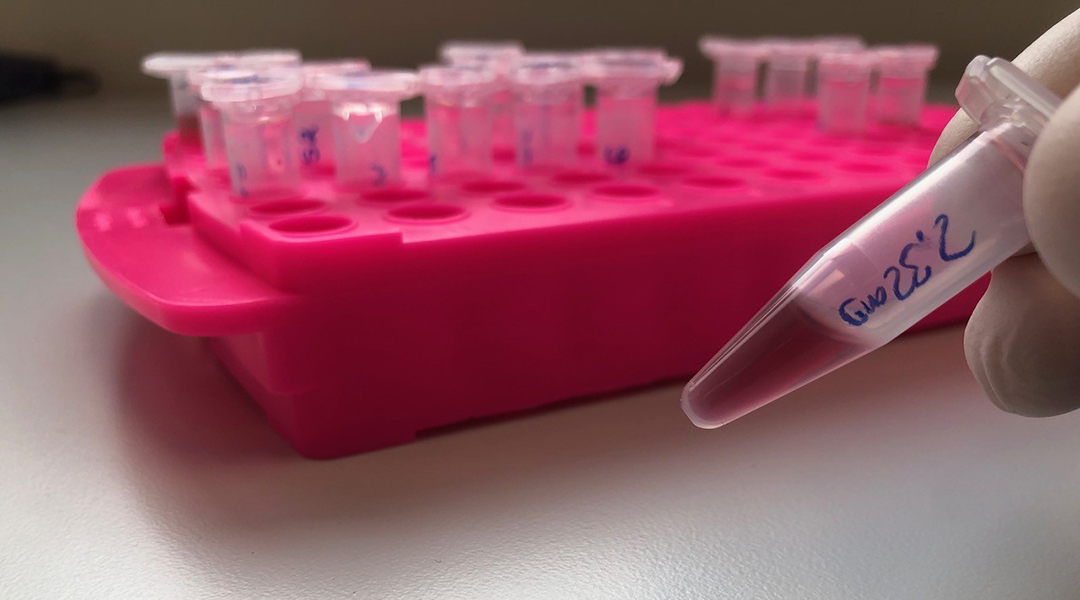
Polymer-based broad spectrum antivirals show activity against Zika, Ebola, HIV-1, the Herpes simplex virus, and now, SARS-CoV-2.

The long-term benefits of global forest restoration to support biodiversity and ecosystems depends on climate and forest type.
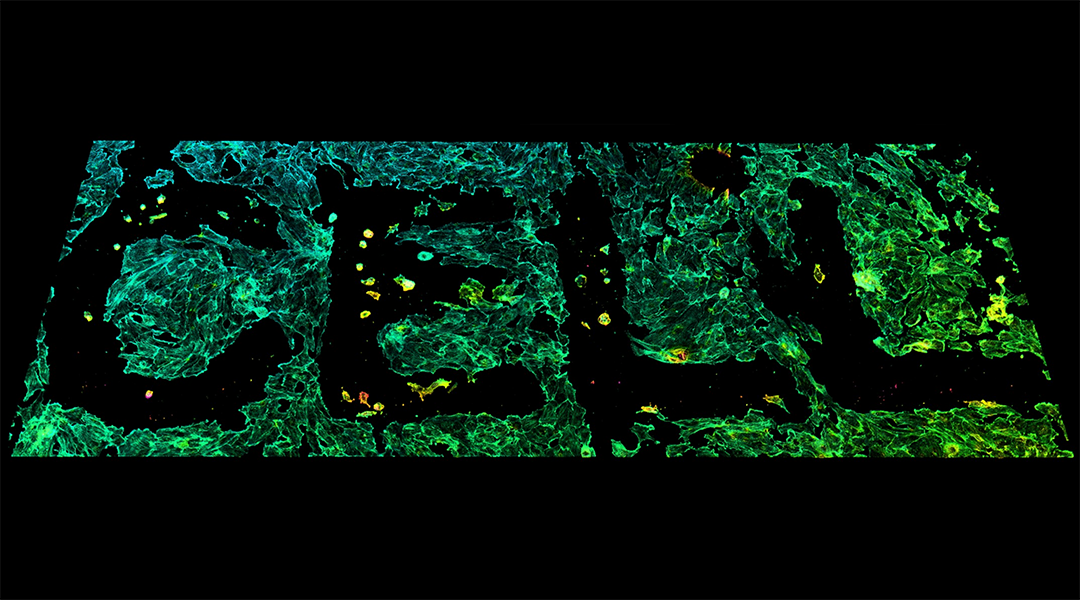
A 3D hydrogel model provides key insights into how cells sense and respond to elements of their environment.